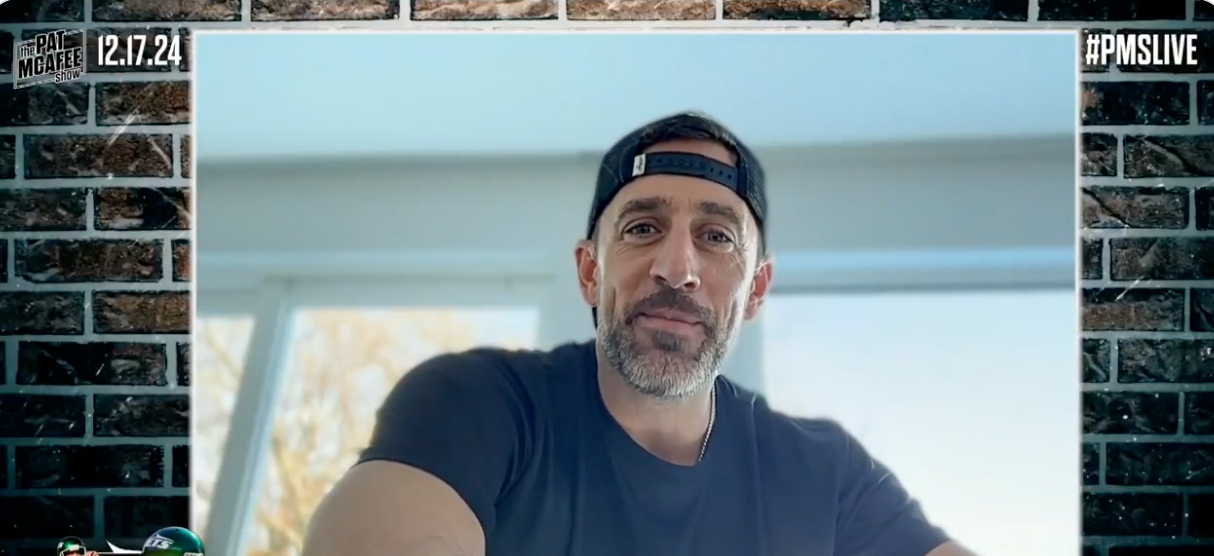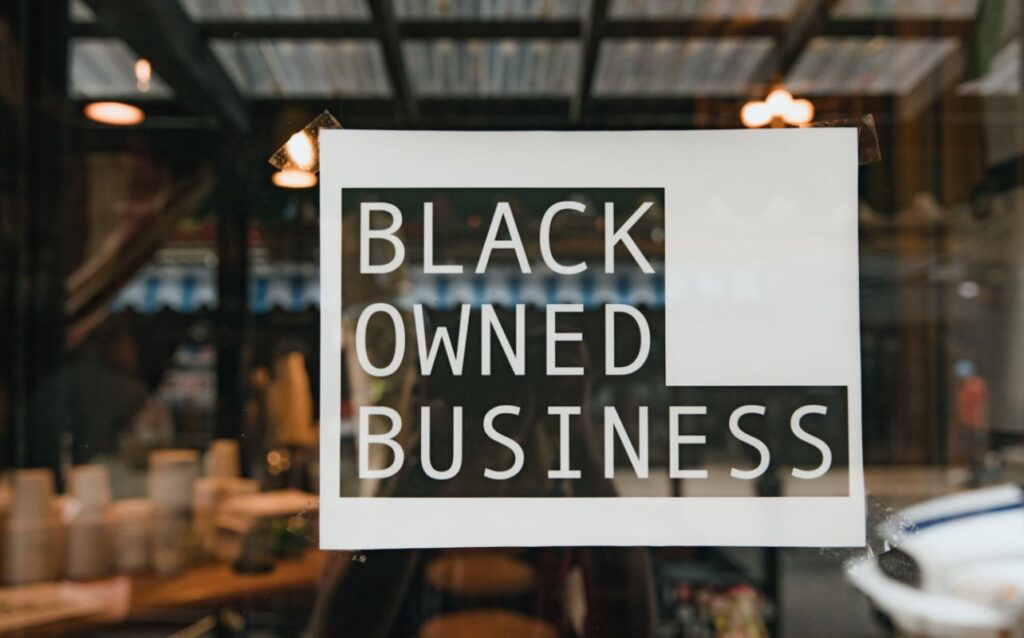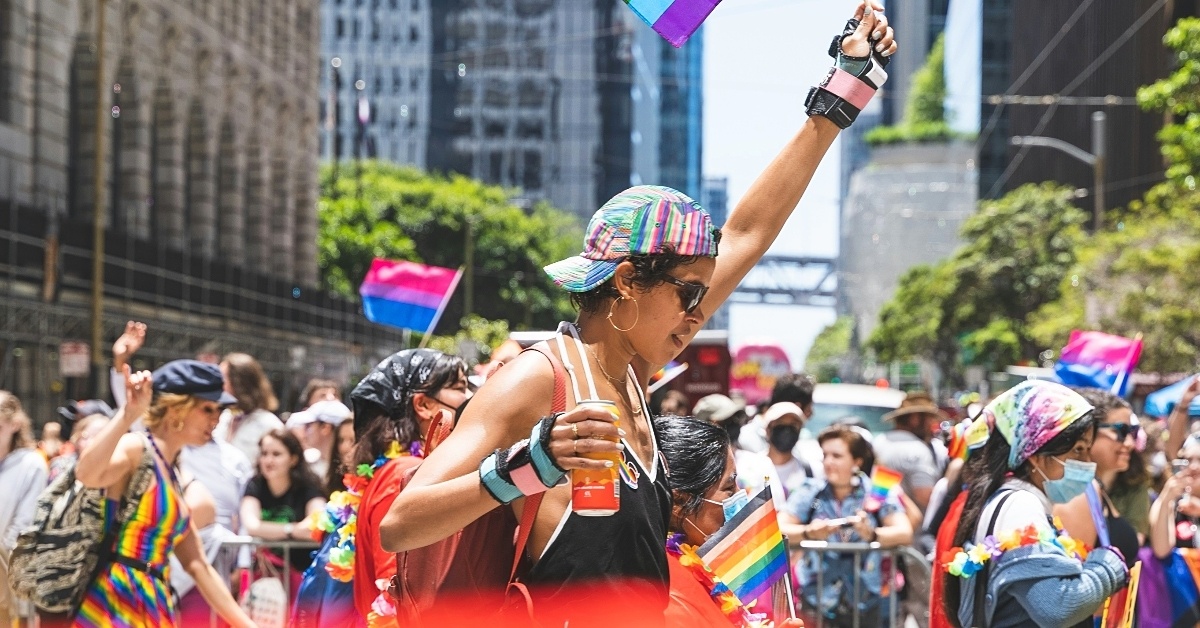TikTok Confirms That Some Employees Can Decide What and Who Goes Viral with Secret ‘Heating’ Feature
According to a bombshell report from Forbes, TikTok employees have the power to pick and choose which videos go viral by an internal process called “heating.” To make it clear — TikTok has the ability to create ‘trends’ and force creators into users ‘For You’ feed, thus ensuring their success outside of the algorithm. via The post TikTok Confirms That Some Employees Can Decide What and Who Goes Viral with Secret ‘Heating’ Feature appeared first on LOVEBSCOTT.


According to a bombshell report from Forbes, TikTok employees have the power to pick and choose which videos go viral by an internal process called “heating.”
To make it clear — TikTok has the ability to create ‘trends’ and force creators into users ‘For You’ feed, thus ensuring their success outside of the algorithm.
via Forbes:
These sources reveal that in addition to letting the algorithm decide what goes viral, staff at TikTok and ByteDance also secretly hand-pick specific videos and supercharge their distribution, using a practice known internally as “heating.”
“The heating feature refers to boosting videos into the For You feed through operation intervention to achieve a certain number of video views,” an internal TikTok document titled MINT Heating Playbook explains. “The total video views of heated videos accounts for a large portion of the daily total video views, around 1-2%, which can have a significant impact on overall core metrics.”
TikTok has never publicly disclosed that it engages in heating — and while all tech giants engage, to some degree, in efforts to amplify specific posts to their users, they usually clearly label when they do so. Google, Meta, and TikTok itself, for example, have partnered with public health and elections groups to distribute accurate information about COVID-19 and help users find their polling place, making clear disclosures about how and why they chose to promote these messages. (Disclaimer: In a former life, I held policy positions at Facebook and Spotify.)
But sources told Forbes that TikTok has often used heating to court influencers and brands, enticing them into partnerships by inflating their videos’ view count. This suggests that heating has potentially benefitted some influencers and brands — those with whom TikTok has sought business relationships — at the expense of others with whom it has not.
“We think of social media as being very democratizing and giving everyone the same opportunity to reach an audience,” said Evelyn Douek, a professor at Stanford Law School and Senior Research Fellow at the Knight First Amendment Institute at Columbia University. But that’s not always true, she cautioned. “To some degree, the same old power structures are replicating in social media as well, where the platform can decide winners and losers to some degree, and commercial and other kinds of partnerships take advantage.”
Heating also reveals that, at least sometimes, videos on the For You page aren’t there because TikTok thinks you’ll like them; instead, they’re there because TikTok wants a particular brand or creator to get more views. And without labels, like those used for ads and sponsored content, it’s impossible to tell which is which.
Employees have also abused heating privileges. Three sources told Forbes they were aware of instances where heating was used improperly by employees; one said that employees have been known to heat their own or their spouses’ accounts in violation of company policy. Documents reviewed by Forbes showed that employees have heated their own accounts, as well as accounts of people with whom they have personal relationships. According to one document, a heating incident of this type led to an account receiving more than three million views.
Moreover, documents show that staff — including those at TikTok’s parent company, ByteDance, and even contractors working with the company — exercise considerable discretion in deciding which content to promote. A document called TikTok Heating Policy says that employees may use heating to “attract influencers” and “promote diverse content,” but also to “push important information” and “promot[e] relevant videos that were missed by the recommendations algorithms.” Two sources told Forbes employees have often felt left to their own devices to determine whether a video fell within these guidelines.
In response to a detailed set of questions about how and by whom heating has been used, TikTok spokesperson Jamie Favazza wrote: “We promote some videos to help diversify the content experience and introduce celebrities and emerging creators to the TikTok community. Only a few people, based in the U.S., have the ability to approve content for promotion in the U.S., and that content makes up approximately .002% of videos in For You feeds.”
Documentation about heating within TikTok and ByteDance is substantial, but poorly organized. Documents purporting to govern heating exist across multiple teams and regions, including the Content Programming and Content Editorial Team based in Los Angeles, and the Live Platform and Product Operational Teams, based in China. In addition to the MINT Heating Playbook, there are documents titled MINT Heating Operation Policy 101, Heating Quota Guidelines, TikTok Heating Policy and U.S. Heating Strategy Guidelines.
These documents suggest that TikTok and ByteDance initially turned to heating for a mundane, legitimate business purpose: to diversify TikTok’s content away from lip synching and dancing teens, and toward videos that would interest more users. “The purpose of this feature is to promote diverse content, push important information, and support creators,” says the MINT Heating Playbook. “If you make good use of it, heating resources will bring a leverage effect, a small amount of heating resources will bring about growth of midrange users, and a more diverse content pool.”
One source told Forbes that heating has also been used to boost high-profile collaborations between TikTok and external actors, including NGOs and artists being courted by the platform, and that it was also supposed to be used when a creator in one category (e.g. beauty) created a video in another category (e.g. cooking). In those situations, the person said, heating “can help the algorithm find the right audience.”
There is a fraught history of tech platforms using their discretion to increase specific posts’ reach. Human curation has helped platforms create safe experiences for children and keep misinformation in check, but it has also led to claims that companies use curation to impose their own political preferences on users.
We always knew there was something fishy about how TikTok operates — this is just one more piece to the TikTok puzzle.
The post TikTok Confirms That Some Employees Can Decide What and Who Goes Viral with Secret ‘Heating’ Feature appeared first on LOVEBSCOTT.












